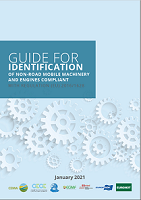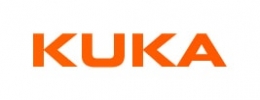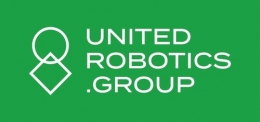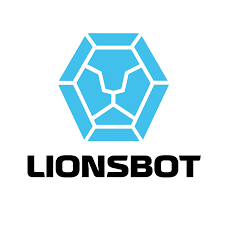
News
October 2015
The Future of Employment Is: Good
Opinion piece by Patrick Schwarzkopf, Director of EUnited Robotics and Managing Director of VDMA Robotics + Automation; from World Robotics 2015 - courtesy of IFR.
A new wave of Automation Angst has recently hit the shores. Fuelled by Osborne and Frey’s study “The Future of Employment: How susceptible are Jobs to Computerisation?” published in September 2013, fears of robots snatching people’s jobs away have made a big comeback. The study predicts that 47% of US jobs are in the high risk category. Needless to say, this statement immediately turned out to be a top selling headline around the world.
Surprisingly, the study does not even address real job effects in the real world: “We make no attempt to estimate the number of jobs that will actually be automated, and focus on the potential job automatability over some unspecified number of years”, Osborne and Frey write in their conclusion on page 44. This is a key sentence. What exactly is in it?
Firstly, the study design ignores the new jobs that are being created constantly. There were no app developers ten years ago and in ten years’ time we will see jobs that do not exist today. This is a little bit like getting a bank statement only listing the withdrawals.
Secondly, it focuses on the potential automatability. But tasks are only automated when this is economical. On the shop floor potential automatability has no validity, here things need to pay off.
Thirdly, useful forecasts include a concrete time frame and do not run “over some unspecified number of years”. In the very long run quite everything seems possible. Or, as John Maynard Keynes famously put it ”in the long run we are all dead.”
The impact of robotics on jobs is a justified concern and deserves serious attention. So, are there any studies that give us useful estimates for the real world in which people work? Indeed, there are.
The study "Robots at Work" published in February 2015 by Georg Graetz (University of Uppsala) and Guy Michaels (London School of Economics) analyses the impact of the increased number of industrial robots between 1993 and 2007 on the economic development of 17 countries. Result: On average a good 10% of GDP-growth and 15% of the productivity gains were attributable to increased robot use. At the same time the authors did not find a reduction of employment but rather an increase in wages. From this we can conclude that technical progress has made human work more valuable.
A paper by MIT professor David Autor1 , comes to the conclusion that the extent to which machines can replace human labour is generally overrated. At the same time, the strong complementary effects that increase productivity, raise earnings and heighten the demand for skilled labour are ignored in many discussions. Human tasks requiring flexibility, judgement and common sense are and will remain quite a challenge for machines.
A study recently published by the Center for European Economic Research (ZEW) in Germany also rejects gloomy projections of automation and digitalization posing a threat to the labour market. It is based on the analysis of occupational tasks (rather than professions) and comes to the conclusion that only 12% of jobs in Germany (and 9% in the US) are associated with a relatively high probability of computerization. The authors also make a strong case for beneficial effects such as increased productivity and newly created jobs.
Sociologists Sabine Pfeiffer and Anne Suphan focus on actual tasks performed on the shop floor. Their pioneering work comes to the conclusion that over 71% of employees in German factories already cope with complexity, ambiguity and change every day. They are able to act sensibly even when there is a lack of information, and have accumulated experience which they are able to apply whenever complex circumstances require it. The tasks they perform, e.g. operating machines, are therefore the exact opposite of “routine”.
While many commentators claim “this time is different”, as artificial intelligence progresses and enables not only routine tasks to be automated, researchers that know the shop floor, come to very different conclusions. The smart factory and Industry 4.0 will bring more change and complexity. Human workers and their capabilities will be the decisive element in it.
1 “Polanyi’s Paradox and the Shape of Employment Growth”, David H. Autor, MIT, NBER and JPAL, September 3, 2014
Also see article "Robots Fuel the Next Wave of U.S. Productivity and Job Growth", white paper by the Association for Advancing Automation, USA.
Quicklinks
EUnited AISBL- European Engineering Industries Association,
Industrious Brussels EU District, Avenue des Arts 6-9, 1210 Brussels, Belgium, +32 490 57 57 65
Transparency Register number: 0289344948-82
Industrious Brussels EU District, Avenue des Arts 6-9, 1210 Brussels, Belgium, +32 490 57 57 65
Transparency Register number: 0289344948-82
© 2025 Eunited aisbl, Bruxelles














































































































